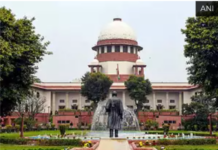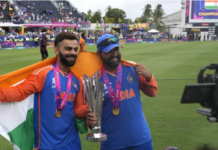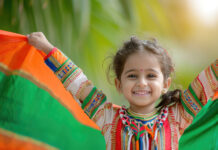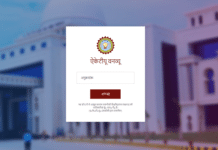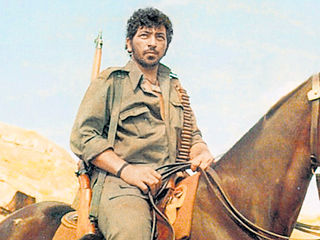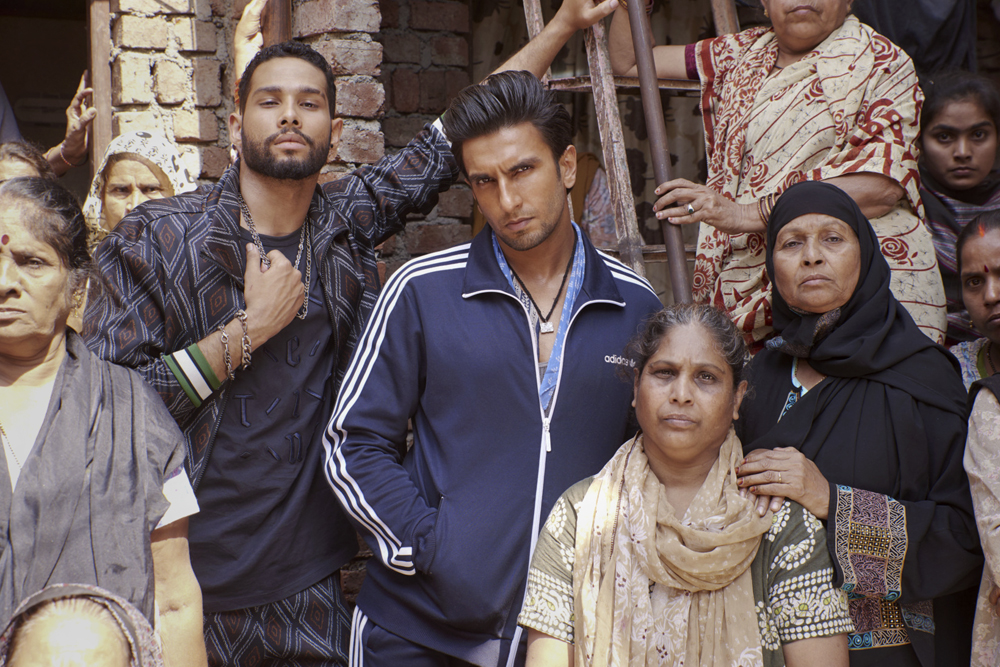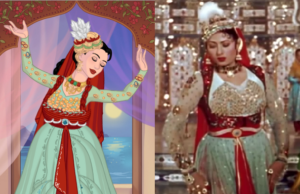Fashion and film have a long history, with clothing playing an important role in bringing characters to life and enriching the storytelling experience. Costumes in period dramas and modern blockbusters serve as visual clues to convey character qualities, emotions, and narrative themes. Let’s look at the complex connection between fashion and movies, specifically how clothing reflects the characters and the story.
Costume design is an intricate craft that entails far more than just choosing outfits for actors to wear on screen. It involves a thorough understanding of character psychology, narrative themes, and visual storytelling approaches. Costume designers rigorously analyze screenplays, character descriptions, and directorial visions to create costumes that are not only visually beautiful but also convey the story’s themes and tone. Costume designers work collaboratively with other members of the production crew, such as directors, cinematographers, and set designers, to ensure that costumes blend smoothly with the overall visual aesthetic of the film. They examine lighting, camera angles, and set design to produce cohesive and harmonic compositions that improve the storytelling experience.
Costume design is extremely important in creating distinctive characters that linger with audiences long after the credits roll. Iconic costumes become synonymous with beloved characters, serving as visual markers of their essence and story cycles. Consider the renowned character of Gabbar Singh from the Indian classic “Sholay,” whose intimidating black outfit and unique hairdo immediately provoke fear and intimidation. These outfits not only increase the visual impact of the characters but also their depth and complexity, transforming them into cultural icons that remain timeless.
Establishing Time and Place
Costumes play an important role in creating a film’s historical period and place, offering visual cues that transport viewers to other eras and settings. Costume design in Indian movies frequently reflects the story’s cultural background and historical setting, adding to its authenticity and realism. In period dramas such as “Mughal-E-Azam” or “Padmaavat,” lavish clothes with intricate embroidery and traditional jewelry portray the grandeur and opulence of past dynasties. Similarly, contemporary films such as “Gully Boy” or “Lagaan” include outfits that mirror the urban street style or rural attire of various regions in India, placing the plot inside its cultural and geographical setting. Costume designers contribute to the creation of immersive visual landscapes that improve spectators’ overall cinematic experiences by paying attention to historical intricacies and cultural nuances.
Costumes are effective tools for conveying character traits and emotions, frequently serving as visual aids to understanding a character’s personality, motivations, and inner conflicts. Costumes are important in Indian cinema because emotions are frequently portrayed through song, dance, and dramatic performances. For example, a figure dressed in vivid colors and bold patterns may exude confidence, vigor, and delight, but muted tones and somber apparel may imply depression, contemplation, or internal struggle. Costume designers enrich the storytelling experience by carefully picking costumes that reflect the emotional journey of the characters, allowing audiences to connect more deeply with the characters and their narrative arcs. Whether it’s a colorful ensemble for a joyous dance scene or a basic garment for an intimate emotional moment, costumes allow performers to convey their characters’ deepest emotions and vulnerabilities, resulting in memorable and profound cinematic moments.
Providing Subtext
Costumes frequently use symbolic aspects and subtext to enhance the storytelling experience in Indian movies. Costumes can convey additional layers of meaning and significance through subtle elements like jewelry and accessories as well as more overt motifs and designs. For example, in the Bollywood film “Piku,” the protagonist’s wardrobe represents her transition from independence to acceptance of familial duties, representing her personal development within the difficulties of family dynamics.
Iconic film outfits, such as Raj’s stylish outfit in “DDLJ” or Anarkali’s captivating ensemble in “Mughal-E-Azam,” have become timeless emblems of style and grace. Furthermore, collaborations between fashion designers and filmmakers have resulted in iconic fashion moments on screen, blurring the distinction between film and catwalk. These partnerships frequently result in the birth of new trends in Indian fashion, as spectators strive to replicate the styles of their favorite movie characters, reinforcing India’s symbiotic relationship with film.
Conclusion
In conclusion, clothing plays an important role in filmmaking since it represents the characters of the story. Costumes enhance the movie experience in a variety of ways, including defining time and place and conveying character features and emotions. Costume designers bring characters to life with their precise attention to detail and creative vision, working together with directors, actors, and other members of the production crew. As audiences are attracted by the enchantment of film, clothes will continue to play an important role in the storytelling process, enriching storylines and having a lasting effect on viewers for years to come.



